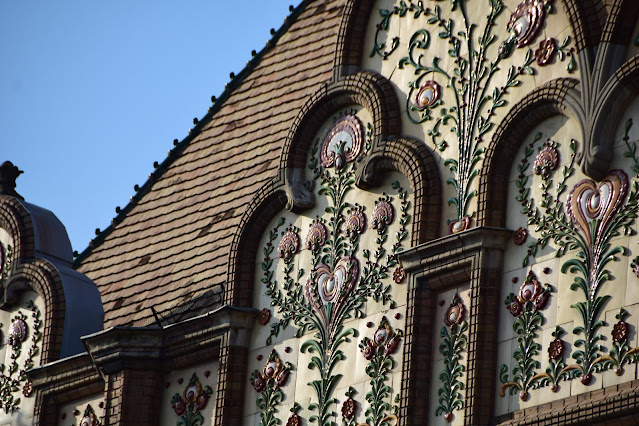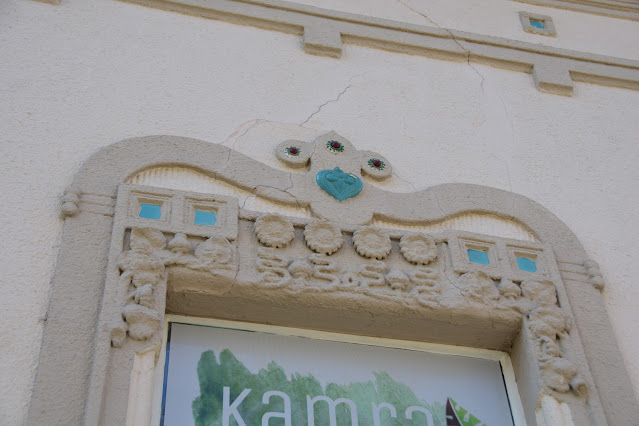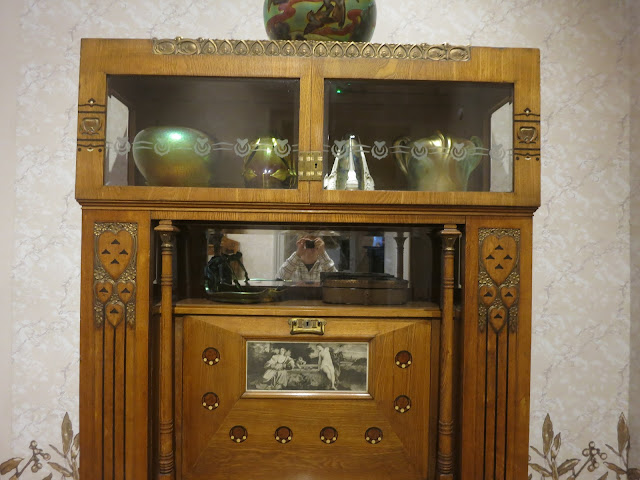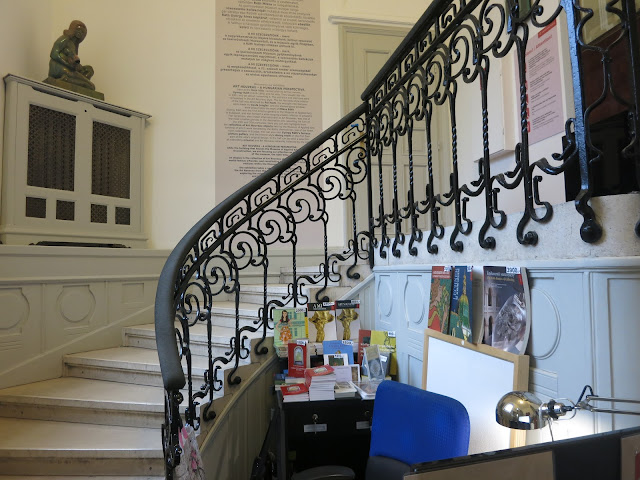We are home from Budapest. We left a week ago, about two weeks before our scheduled departure, and, against a number of odds, we made it back in one day. I just wanted everyone who has been following our travels to know. Also I have several Budapest posts in draft, which I will finish up and publish. (Because there's not going to be a lot interesting going on here.) And if you don't like reading about the travails of travel, just skip the next part.
About three weeks ago, we started hearing news about the spread of the virus in Europe, the ban (except for American nationals) for inhabitants of the Schengen zone (a group of European countries that have open borders, Hungary being one of them) to enter the US, and the cut-back on flights from Europe to the US. On Saturday 3/14, we read that Delta was soon suspending all flights from Europe to the US. I tried to contact Delta--by phone, twitter, and the website--about changing our tickets. The phone immediately put me on-hold, and I waited and waited until the call dropped. No one answered my tweets until about 10 days later, and the modify reservation option on the website didn't work (still doesn't). So when I read that American would be flying from Europe to the US until March 18 to help Americans get home, I made a reservation and figured I would deal with Delta when I got back to the US.
The day before we left Hungary put a ban all restaurants, etc, and closed its borders. That night the man who was taking us to the airport the next morning called and asked if we still wanted a pickup because another US client had just gotten an email that his flight was cancelled. I frantically searched the internet but couldn't find anything. I called and back said we would take the 5:00 am pickup.
We got just a few hours of sleep before getting up at 4:00 and starting our trek. We got to Budapest, then to Heathrow, where we had a six hour layover. While at Heathrow, we saw flight after flight being cancelled. Nevertheless, we took off on time and arrived at O'Hare. We had seen pictures of the massive crowds at ORD the days before and read tales of people being crammed up together and standing on line for 7+hours. We only had a 90 minute layover in Chicago that we were so sure we would not make that I had booked us a non-refundable room at the ORD airport.
When we arrived in Chicago there were virtually no lines at all. We got through immigration, through the mandatory health check and temperature taking, collected our bags and delivered them to the transfer point, went through security, caught a bus to take us around the airport to another terminal, found our gate, and boarded our flight. I was astonished; 90 minutes is a tight connection at the best of times.
So we are home. We are in a loose quarantine for two weeks (stay home, but can go to grocery store, pharmacy of walk outside, which is pretty much what all of Louisville is doing right now.). Like everyone else we are scared: how quickly everything changed, how dire the prospects are, how terrifying it is to have a president who doesn't believe in science.
We are also worried for our friends in Budapest and are wondering what we will find if we go back next year.
Delta for all its vaunted no worries about changing or cancelling flights, will only refund us the return trip in miles, which we must use before October. Fat chance of that happening. And I will probably have to swallow the nonrefundable hotel. But we are SO lucky. We are safe, we have a safe place to live, we are vigilant about our health, we wash our hands a lot.










































